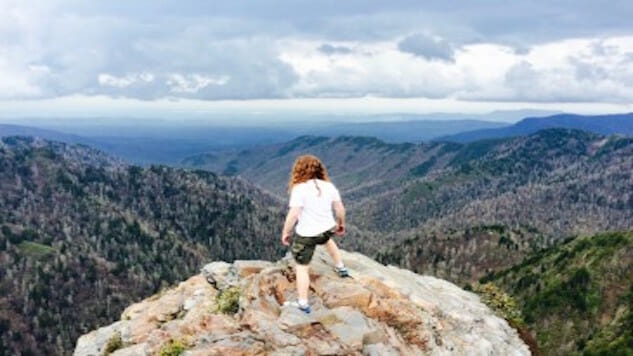Off The Grid: Great Outdoors That Transcend Political Borders
Photos: Derek Buck
Some natural splendors are too big for one state. Take the Great Smoky Mountains (pictured), which straddle both North Carolina and Tennessee. Thanks in part to being located on the more crowded East Coast, 11 million people visit these rolling mountains each year—double the number of Grand Canyon, the second most-visited national park.
Granted, most of the defined great outdoors usually fall within a single state or country. But there are several other notable exceptions. And as an interesting bonus, the visitor experience can sometimes change depending on which side of the line you’re standing on.
Black Hills
Tucked away in the northwest corner of the Great Plains, there is a small, isolated mountain range called the Black Hills. It doesn’t sound like much, until you read the included headlining attractions. On the Wyoming side, you’ll find Devil’s Tower, a rock-climbing and geological favorite. On the South Dakota side, you’ll encounter Mount Rushmore, Custer State Park, two national caves, and Badlands a little to the east. Combined, it’s one of my all-time favorite road trips.
Glacier National Park
In 1932, Glacier National Park in Montana and Waterton Lakes National Park in Alberta combined at the U.S.-Canadian border to form the world’s first “international peace park.” Feel-good unity aside, the combined park is one of the most well-received wonders in either country. Highlights include hanging glaciers, photogenic Hidden Lake, free-range mountain goats and grizzly bears, alpine valleys, and the epic Going-to-the-Sun Road.
-

-

-

-

-

-

-

-

-

-

-

-

-

-

-

-

-

-

-

-

-

-

-

-

-

-

-

-

-

-

-

-

-

-

-

-

-

-

-

-








































